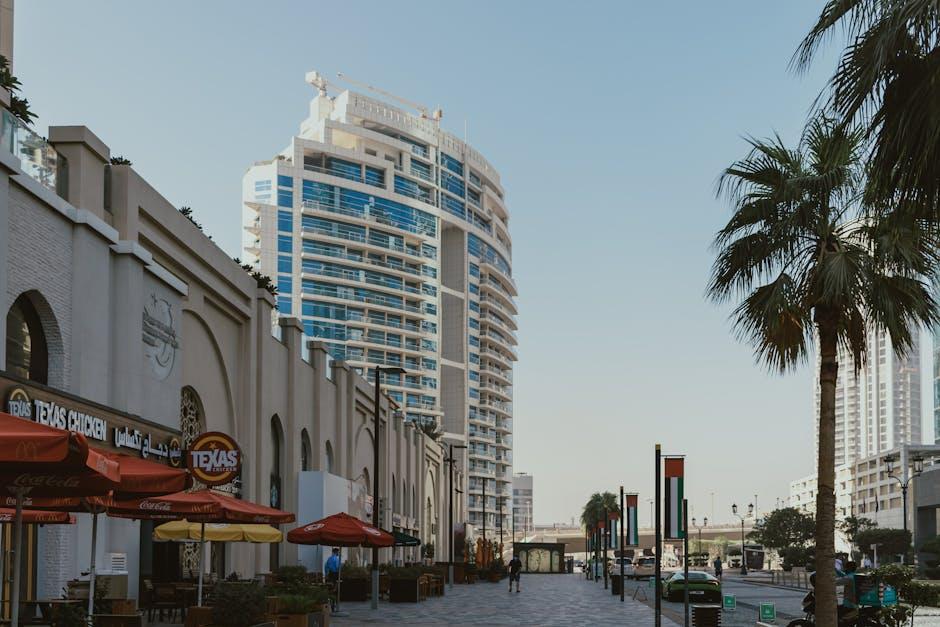The concept of space travel has always been associated with awe and wonder, capturing the imaginations of people around the world. With advances in technology and private space exploration, the future of space tourism seems closer than ever before. One company leading the charge in this new era of space travel is Orbital Assembly Corporation (OAC) with its groundbreaking project – the world’s first commercial space station, which looks like a luxury hotel inside.
Space tourists have long dreamed of experiencing the serenity and beauty of outer space while enjoying comfortable amenities. OAC aims to turn this dream into a reality with their ambitious Voyager Station project. Set to be launched into orbit by 2027, Voyager Station is envisioned as a massive commercial space station designed to accommodate both tourists and research missions.
The exterior of Voyager Station will resemble a floating wheel, measuring nearly 200 meters in diameter. However, it is the interior that truly sets this space station apart. The layout and design have been carefully developed to provide an unparalleled experience, mirroring the luxurious surroundings of a high-end hotel.
The station will offer various amenities, including restaurants, bars, gyms, and recreation areas, ensuring that guests have access to both comfort and entertainment during their stay. The centerpiece of the station will be a central plaza dubbed the ‘Atrium,’ which will span multiple levels and provide breathtaking views of Earth through massive windows.
Accommodations on Voyager Station will be delivered in a modular fashion. Guests will have a range of options, from standard hotel-style rooms to large luxury suites. OAC aims to create an atmosphere of comfort and relaxation by providing spacious sleeping quarters, sleek bathrooms, and personalized services.
To ensure that guests can enjoy a true out-of-this-world experience, the station will offer simulated gravity provided by the station’s rotation. While in the hotel-like environment, guests will be able to enjoy Earth-like gravity, allowing them to walk, sleep, and perform daily activities without the challenges often associated with zero-gravity environments.
Safety is a top priority for OAC, and extensive measures will be in place to ensure the well-being of both guests and staff. Emergency medical facilities will be on board, along with provisions to deal with fire safety and potential space debris risks. Stringent training for staff members will be conducted, enabling them to handle any potential emergencies effectively.
Apart from catering to space tourists, OAC also acknowledges the significance of scientific research and has designed Voyager Station to serve as a hub for international collaborative projects. The station will provide laboratories and workspaces for researchers to conduct experiments in a unique, low-gravity environment, opening up new possibilities for scientific breakthroughs across various disciplines.
While the concept of a commercial space station may still seem like science fiction to many, the rapid progress made by companies like OAC is bringing us closer to a future where space travel is no longer limited to astronauts. The ability to experience the wonders of space while enjoying the comforts of a luxury hotel is a truly exciting prospect that could revolutionize the way we perceive and engage with outer space.
As we look to the stars, the world’s first commercial space station, Voyager Station, stands as a testament to human ingenuity and our never-ending quest for exploration and adventure. Whether it’s for scientific research or a once-in-a-lifetime vacation, Voyager Station will be opening its doors to a new era of space travelers, ready to redefine our understanding of luxury and comfort beyond the bounds of Earth.
Hey Subscribe to our newsletter for more articles like this directly to your email.
